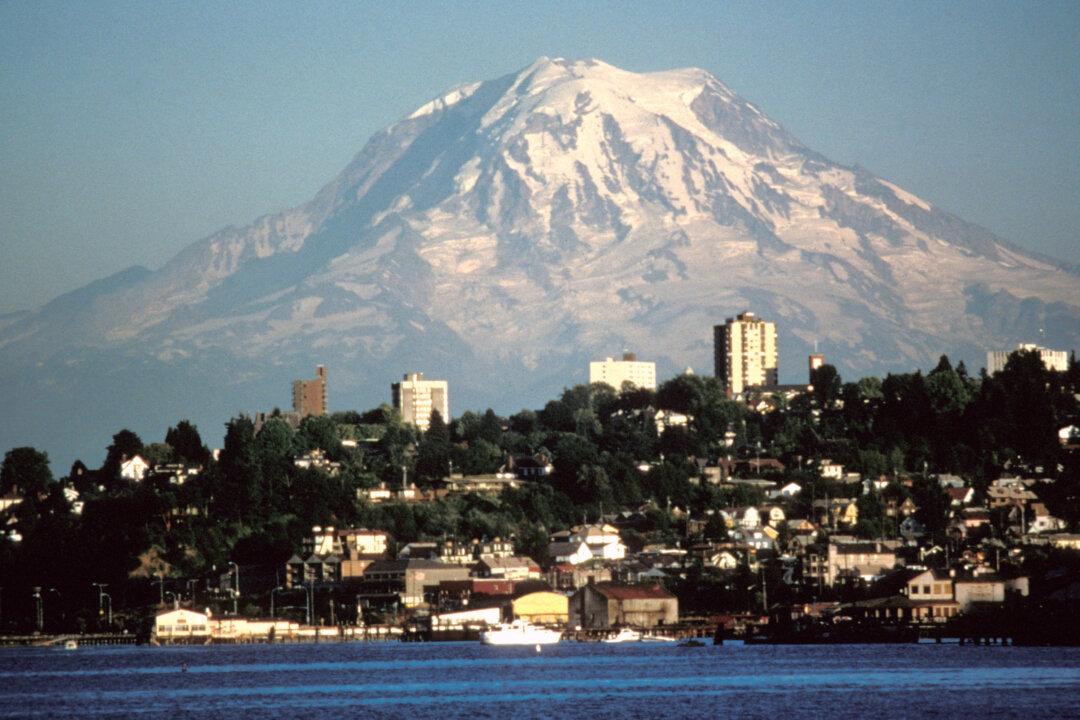Some two dozen minor tremors have hit Mount Rainier, the active volcano towering over the Seattle metro area, over the past week.
The strongest of the quakes had a magnitude of 1.6, according to the Pacific Northwest Seismic Network (PNSN) run by the University of Washington and the University of Oregon. Earthquakes with a magnitude of less than 2.5 normally cannot be felt, but are picked up on a seismograph.





